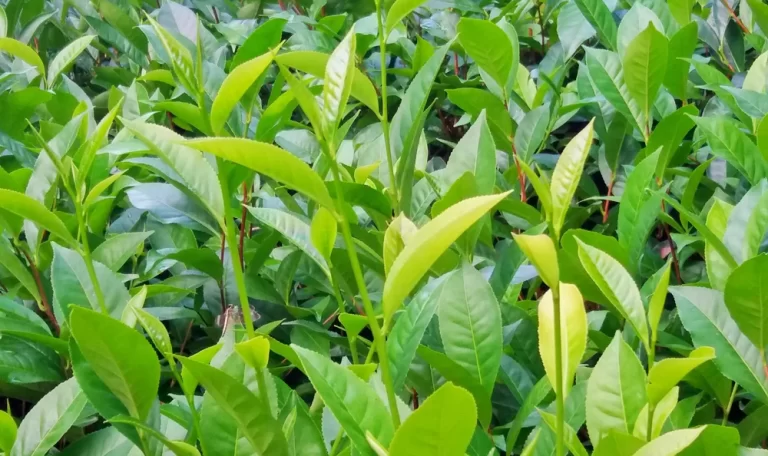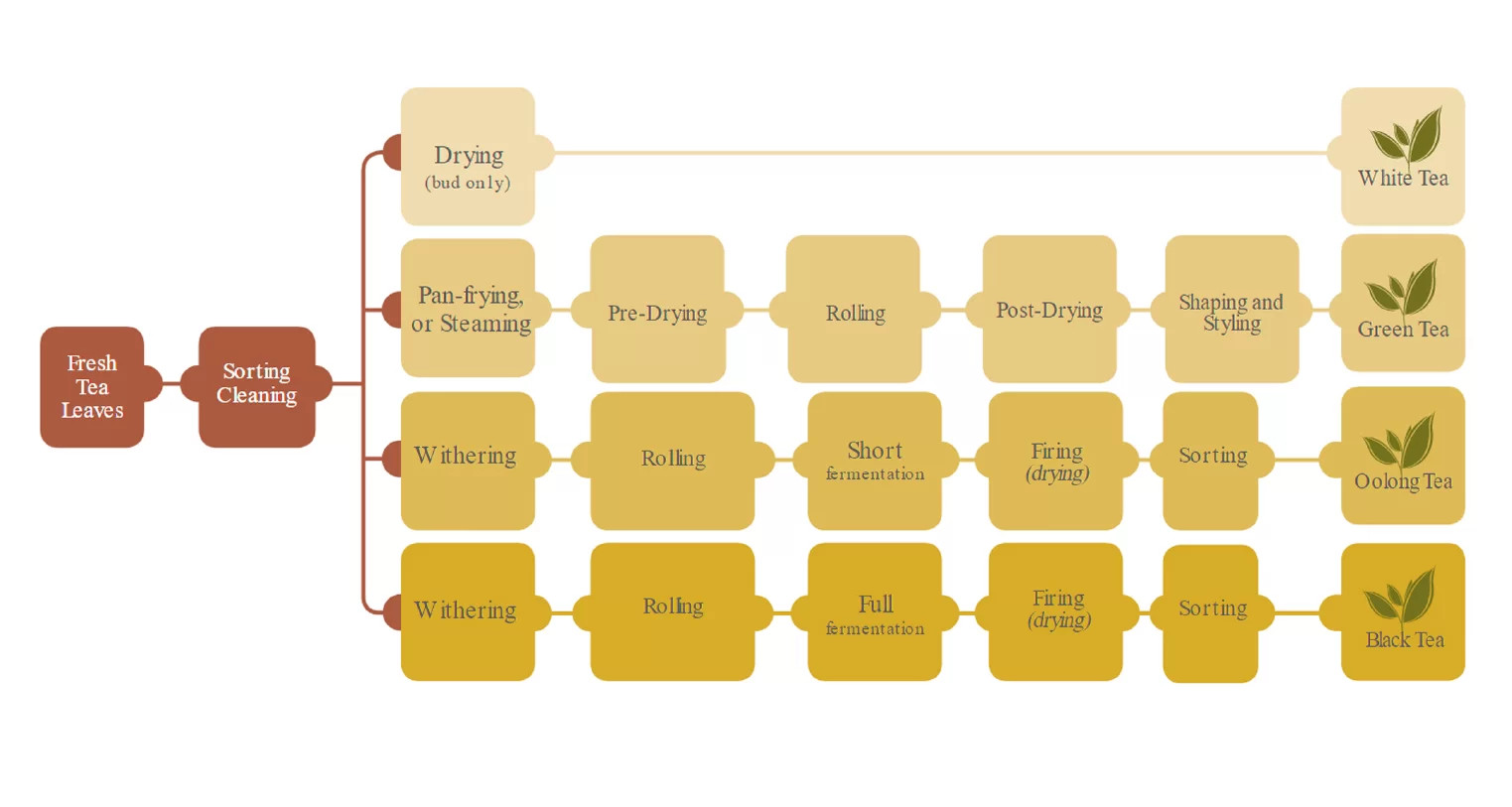Tea manufacturing process consists of 06 basic steps. In Sri Lanka, we produce different types of tea varieties and it is one of the main income sources in the country. Sri Lanka tea’s history dates back more than two hundred years and was also known as Ceylon tea. Sri Lanka is now the fourth-largest producer of tea in the world.
Further, Ceylon tea falls into three main categories according to the growing elevation: low-grown (on farms no higher than 2000 feet); medium-grown (between 2000 and 4000 feet); and high-grown (above 4000 feet). Each level produces teas of unique character.
In addition, by blending teas from different growing areas in Sri Lanka, we can offer a very wide range of flavors and colors. Some are full-bodied, others light and delicate, but all Ceylon blends have brisk, full flavors and bright golden color.
What is the Ceylon tea manufacturing process?
The Ceylon tea manufacturing process falls into the following steps:
- Plucking
- Withering
- Rolling
- Fermentation
- Firing
- Grading
Tea plucking is the first step, and it is critical. Because tea buds must be picked by hand every seven to 14 days. We should pluck before the leaves grow too tough, Therefore, the tea plucker’s working location can change from day to day

.
However, the tea industry norm is to pluck only the uppermost foliage, or in other words, “two leaves and a bud.” A skilled tea-plucker can collect up to 20 kg (44 lb.) of leaf daily.
The next step is withering. Upon the arrival of the tea leaves at the factory, the leaves are laid out to dry on racks to reduce the amount of moisture. This requires the blowing of dry air to extract moisture from the leaf. Approximately 565 kg of fresh leaves is needed to produce 1 kg of pure Ceylon tea.

After the weathering process, the tea leaves go to rolling machines. The rolling machines twist the withered tea leaves. At the same time, the fermentation process starts, which develops the distinctive flavor of the tea.
Fermentation is the next step, and we keep the tea leaves for oxidization (the process of exposing tea leaves to oxygen in order to dry and darken them). The amount of time given for fermentation influences the color, taste, and strength of the liquor.
The next step is firing. It removes the balance of moisture contained in the tea leaf. And, after this process, you get a very strong black tea.
The last step is grading. We use meshes to sort out the tea grades.
However, we follow all the above tea manufacturing processes only for black tea. But in Sri Lanka, we produce white tea, green tea, and oolong tea.
The white teas are entirely handmade; the top buds of the fresh tea leaves are plucked by hand and dried in filtered sunlight. In Sri Lanka, we produce golden-needle white tea and silver-needle white tea.
Green tea is not fermented tea. After arriving at the factory, the fresh tea leaves are immediately treated at high temperatures by steaming or baking. This process deactivates the enzymes that cause fermentation. If the tea leaves are fully oxidized, they will turn brown and black, but the tea leaves that are not oxidized will remain green. Therefore, you will see that green tea has a unique green color as well as a unique taste.
Oolong tea is a semi-fermented tea. It follows a similar manufacturing process to black tea. Also, oxidation takes a very short time. Therefore, oolong tea has a slightly darker color and a stronger taste than green tea. But oolong tea is lighter in color than black tea. However, now we have a clear idea that black tea is a fully fermented tea, and it has a very strong taste compared to other teas.
